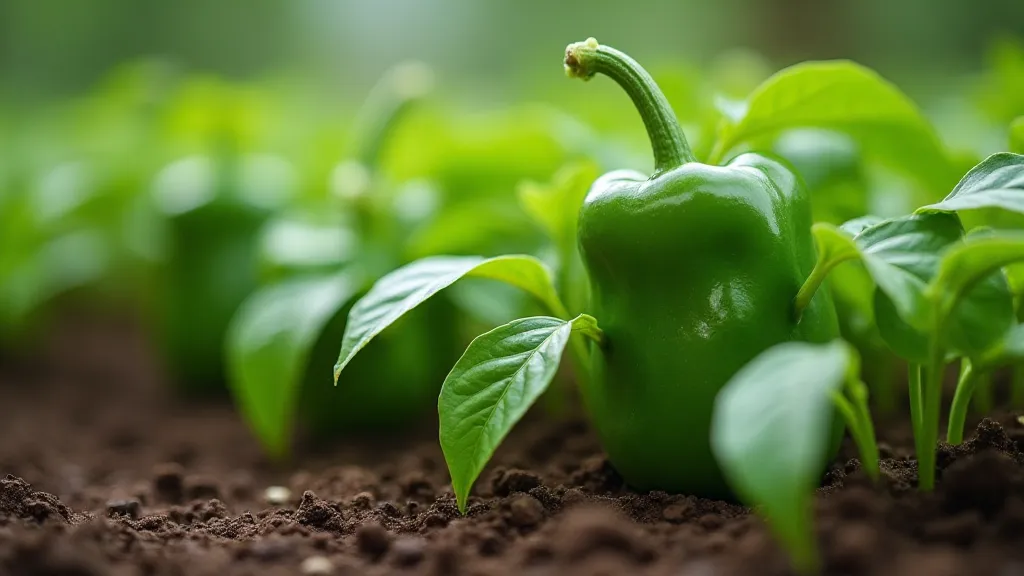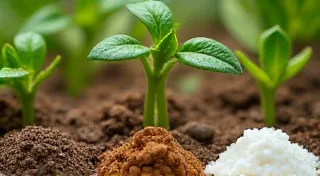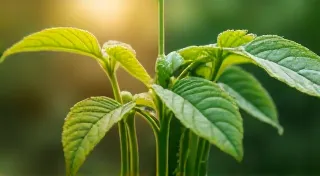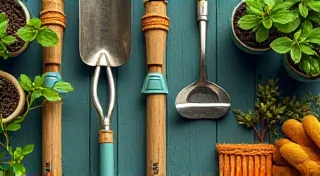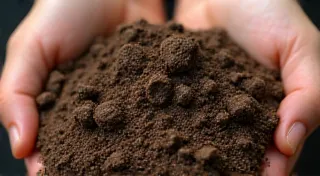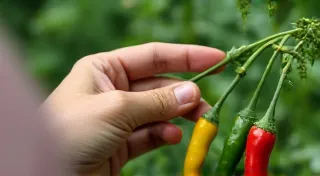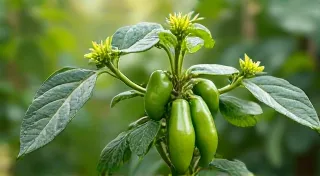Soil Preparation: Creating the Perfect Growing Medium for Specialty Peppers
Specialty peppers, like ghost peppers and scotch bonnets, are known for their intense heat and unique flavor profiles. But achieving a bountiful harvest of these fiery fruits goes beyond just planting the seeds. The foundation of a successful pepper garden is the soil. This article details how to prepare your soil, ensuring optimal conditions for these demanding plants to thrive.
Understanding Specialty Pepper Soil Requirements
Unlike many common vegetables, specialty peppers have fairly specific soil needs. Ignoring these requirements can lead to stunted growth, reduced heat, and increased susceptibility to diseases. Let's break down the critical factors:
pH Levels: The Sweet Spot
Specialty peppers prefer a slightly acidic soil pH, ideally between 6.0 and 7.0. A pH outside of this range can hinder nutrient absorption. You can test your soil's pH using a home testing kit or by sending a sample to a local agricultural extension office. If your soil is too acidic, you can amend it with lime. If it’s too alkaline, you can use sulfur or peat moss.
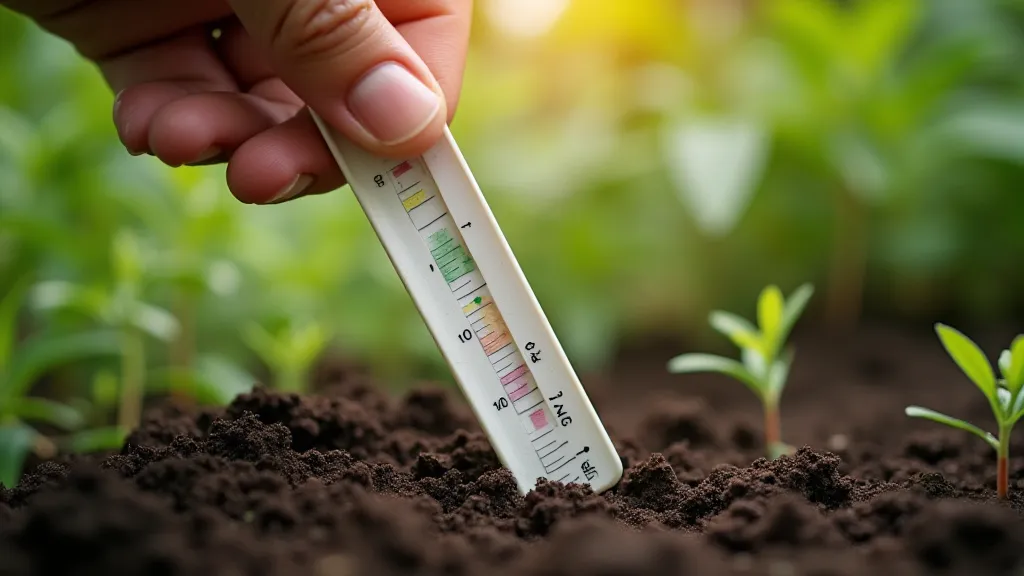
Drainage: Avoiding Root Rot
Specialty peppers are highly susceptible to root rot, which is often caused by poorly drained soil. The roots need oxygen to survive. Heavy clay soils tend to retain too much water, while sandy soils drain too quickly. Improving drainage is often the most important step in soil preparation.
Nutrient Requirements: Fueling the Fire
Specialty peppers are heavy feeders, meaning they require a significant amount of nutrients to produce those characteristic levels of heat. They especially appreciate phosphorus and potassium for healthy root development and fruit production. Nitrogen is also important, but too much can lead to excessive foliage at the expense of pepper production.
Step-by-Step Soil Preparation Guide
- Soil Testing: As mentioned earlier, start with a soil test. This will provide valuable insights into your soil's pH and nutrient levels.
- Amendment with Organic Matter: Regardless of your soil type, incorporating organic matter is crucial. Compost, well-rotted manure, leaf mold, and peat moss are all excellent choices. Organic matter improves drainage in clay soils, increases water retention in sandy soils, and provides essential nutrients.
- Improving Drainage (Clay Soils): If you have clay soil, consider amending it with coarse sand or perlite to improve drainage. Raised beds are also a fantastic option.
- Adjusting pH: Based on your soil test results, adjust the pH as needed. Lime increases pH, while sulfur or peat moss lowers it. Remember that adjusting pH is a gradual process.
- Fertilizing: Work in a balanced fertilizer with a higher phosphorus and potassium content. Look for a fertilizer with an N-P-K ratio like 10-30-20. A slow-release fertilizer is ideal.
- Tilling/Mixing: Thoroughly till or mix the amendments into the soil to a depth of at least 12 inches. This ensures that the nutrients and improvements are evenly distributed.
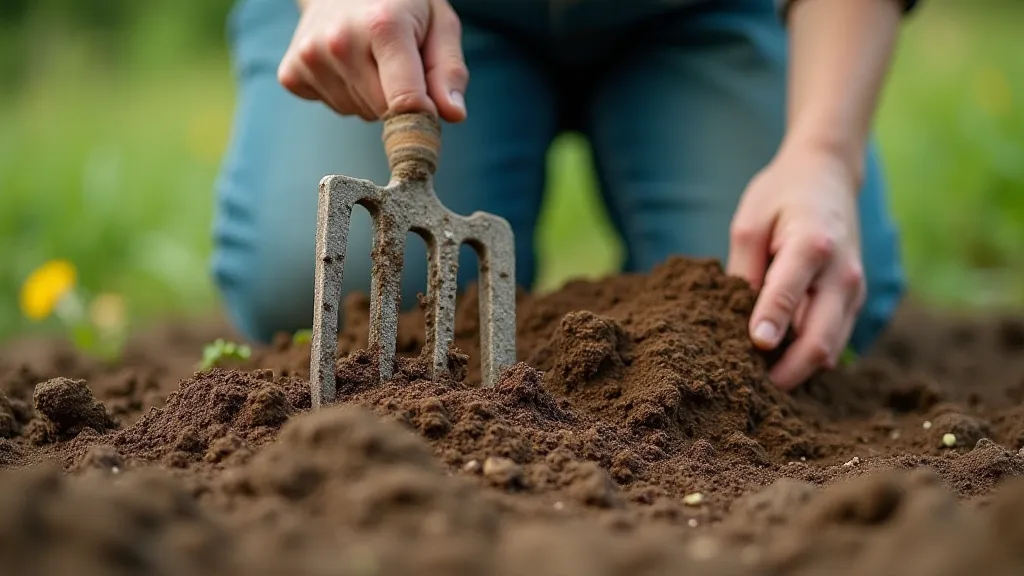
Specific Considerations for Container Growing
If you're growing specialty peppers in containers, the soil preparation is even more critical. Use a high-quality potting mix specifically designed for vegetables. Avoid using garden soil in containers, as it compacts easily and doesn't drain well. Consider adding slow release fertilizer to potting mix.
Conclusion
Preparing the soil correctly is arguably the most important step in successfully growing specialty peppers. By understanding your soil's needs and taking the necessary steps to improve it, you'll be well on your way to harvesting a bountiful crop of fiery, flavorful peppers.
